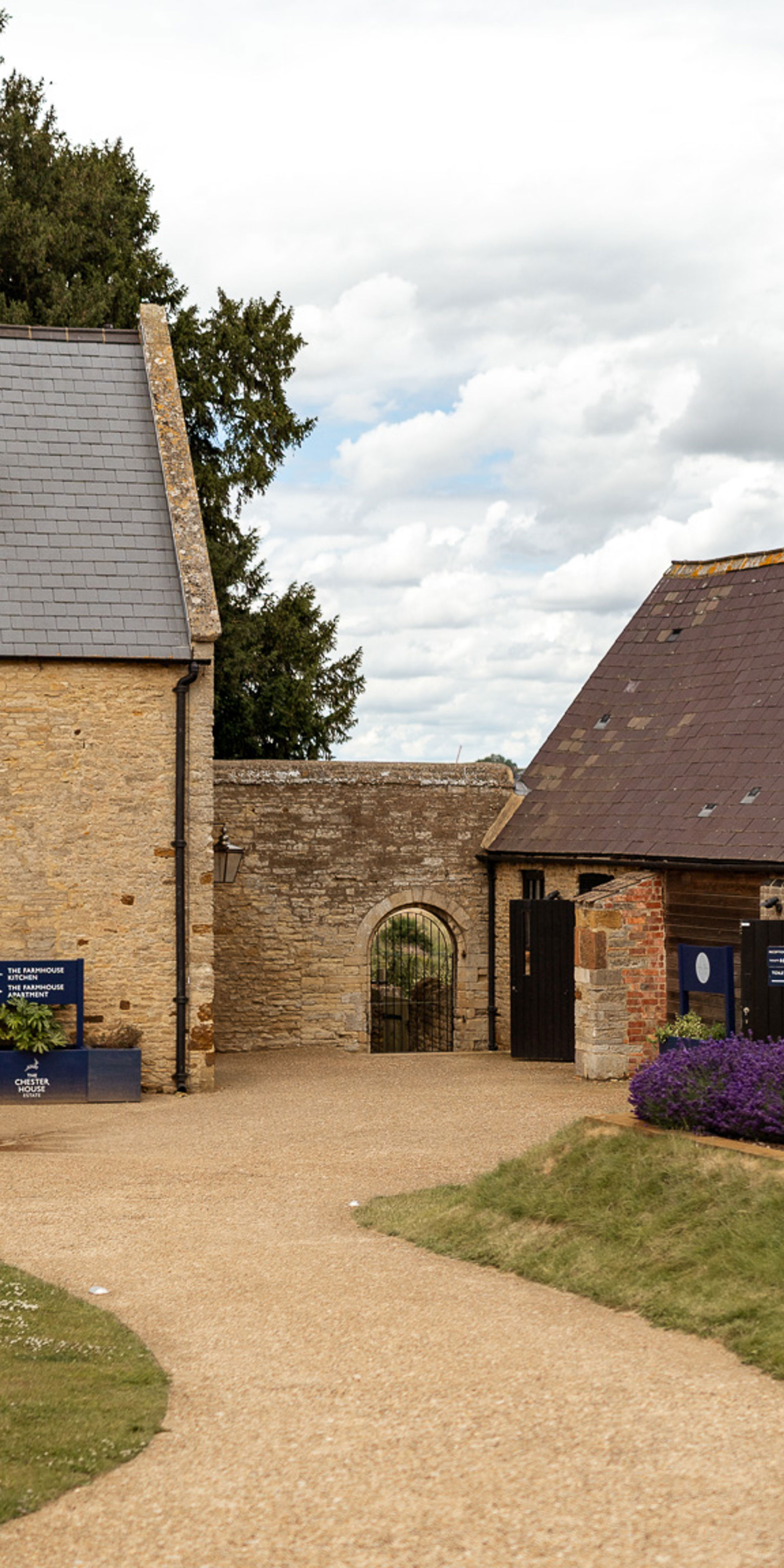Medieval
We know that by the 13th century a small hamlet called Chester on the Water or sometimes Chester by the Water existed.
Its location was on what is in effect the opposite side of the scarp to the Roman town. If this area was still covered in substantial ruins, it is not surprising that the town’s successors chose to build on the side not so densely settled in Roman times but still near the river crossing. That is, focused around the area now occupied by Chester Farm House and to its east.
It is possible that this settlement dates from the Medieval period, as some pottery of this date has been found. The settlement is not in mentioned in the Domesday Book; its first documentary appearance occurs in 1236. However, it is clear that it was not a large settlement and it probably comprised a number of houses arranged alongside what was called Watery Lane (‘Watry Lane’ in a map of 1756). The population by 1309 is described as 24 villeins, tenants and cottars and it is unlikely ever to have been much more.
The area to the east of Chester Farm House contains a number of irregular earthwork ‘humps and bumps’ that may be the remains of some abandoned parts of the village and further work is required to understand how the village changed and developed over the few hundred years before the main house was built.
At the time of the dissolution the owners of the estate gave the village to a monastery to have prayers said for their souls, unfortunately for them the monastery was shortly dissolved and the lands at Chester Farm became the property of the king.


